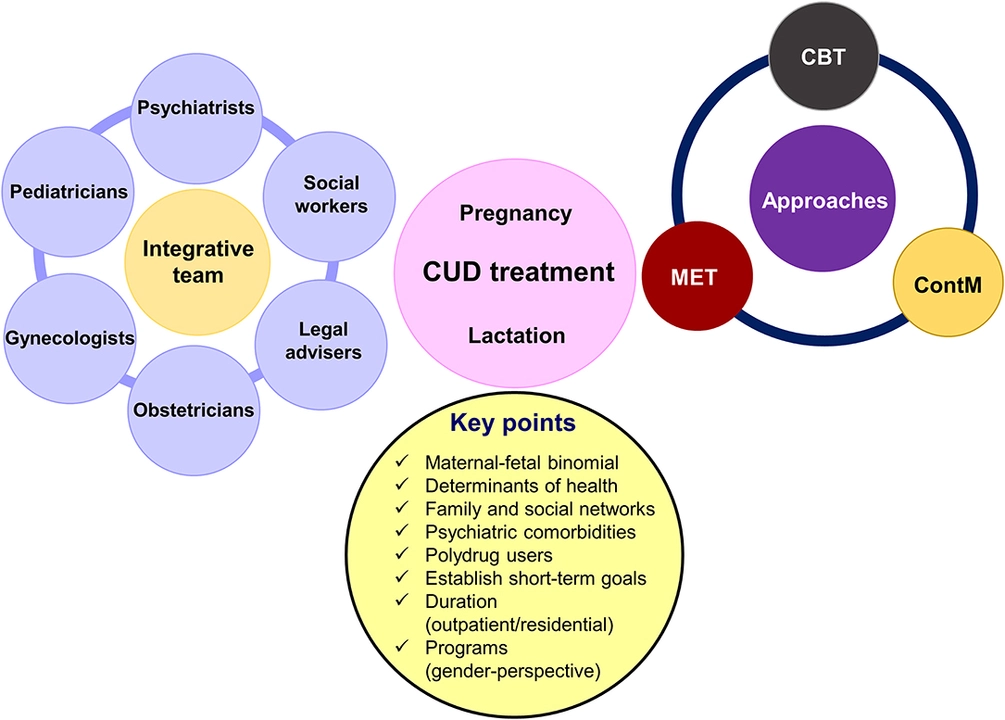Cognitive Behavioral Therapy – What You Need to Know
Ever wonder why talking about thoughts feels like fixing a broken engine? That’s the idea behind Cognitive Behavioral Therapy, or CBT. It helps you spot unhelpful thoughts, change them, and see a real difference in how you feel. No fancy jargon—just simple steps you can start using right away.
What is CBT?
CBT is a short‑term therapy that links thoughts, feelings, and actions. When you think something negative, like “I always mess up,” it triggers a bad mood and maybe avoids doing the task. CBT teaches you to catch those automatic thoughts, question if they’re true, and replace them with more balanced ones.
The process usually involves homework—like keeping a thought diary or trying out a new behavior for a week. It’s not about digging into childhood; it’s about what’s happening right now and how you can act differently.
How CBT Helps You
If anxiety makes your heart race before a meeting, CBT will have you write down the exact worry, rate how likely it is, then test it with real‑world action. Over time, the fear loses power because you’ve proven it’s not as scary as it seemed.
Depression can feel like a cloud that never lifts. CBT breaks that cloud into small pieces: notice the thoughts (“I’m worthless”), look for evidence (maybe you helped a friend), and practice doing something enjoyable even if you don’t feel like it. Small wins add up fast.
CBT also works for stress, insomnia, anger, and many other issues. The common thread is learning skills that stick—so you’re not dependent on the therapist forever.
Want to try CBT on your own? Start with a simple thought record: write down the situation, the feeling, the automatic thought, evidence for and against it, then a new balanced thought. Do this for a week and see patterns emerge.
Another easy tool is the “behavioral experiment.” Pick a feared activity, set a tiny goal (like talking to one coworker), and note the outcome. You’ll often discover you can handle more than you think.
If you prefer guided help, many online platforms offer CBT‑based programs that walk you through these steps with videos and worksheets. Look for services that mention licensed therapists or evidence‑based methods.
Remember, change isn’t instant. It takes practice, just like learning to ride a bike. Be patient with yourself, celebrate small progress, and keep the focus on what you can control—your thoughts and actions.
Ready to give CBT a try? Grab a notebook, jot down today’s biggest worry, and ask yourself: “Is this thought 100% true?” Then test it out. You might be surprised how quickly the mood shift happens.

As a blogger who's been researching tinnitus management, I've found that Cognitive Behavioral Therapy (CBT) plays a significant role in helping people cope with this condition. CBT is a psychological approach that focuses on changing negative thought patterns and behaviors to improve emotional well-being and reduce the impact of tinnitus on daily life. It helps individuals reframe their thoughts about tinnitus and develop practical coping strategies. I've learned that many people have reported a decrease in their tinnitus-related distress after undergoing CBT. Overall, it seems like CBT is a valuable tool in managing the stress and anxiety that often accompanies tinnitus.
Read More